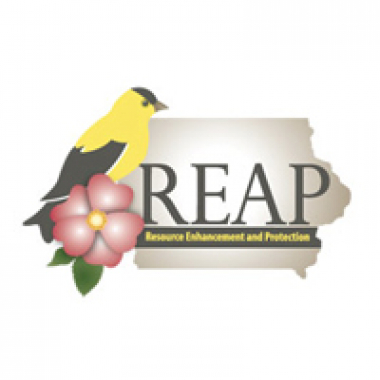Floating Wetlands to Reduce Runoff
Waterways are being filled with chemicals from crop runoff as well as pharmaceutical leftovers. This causes a disruption in our ecosystems by reducing fish population, and disrupting the ecosystem in the water. This then causes a chain reaction to our food chain. Floating wetlands are a possible solution to this problem. Floating wetlands are plants that are placed on a floating mesh in the middle of a pond or lake. As the plants start to grow, the roots will grow into the water. The roots then allow for a biofilm to grow where the majority of nutrient uptake and degradation occurs.
Iowa Core Standard
Use mathematical representations to support and revise explanations based on evidence about factors affecting biodiversity and populations in ecosystems of different scales
Driving Question
How can floating wetlands help increase the bee population?
Probing Questions
- As you look at the photo, what do you notice?
- Why place plants floating on top of the water?
- How do floating wetlands reduce the effect of runoff?
- How do floating wetlands affect different ecosystems?
Classroom Suggestions
Students could:
- Create a flow chart of how wetlands affect water quality which in turn affects the ecosystem in the water.
- Research how a floating wetland works and then make changes to the layout to increase effectiveness.
- Create miniature floating wetland working models in the classroom (lab based activity) & monitor the water quality over time. This can be added to a fish tank already present in the classroom.
- Use this as an example of a cause and effect relationship from how micro scale changes cause macro changes.
Resources
- BioHaven | Floating Wetlands for Habitat: Seven positive examples of how floating wetlands impact wildlife.
- Maryland Department of the Environment | Improved Water Quality: How wetlands improve water quality.
Contributors
Submitted by Danielle Hoenig as a part of the Iowa STEM Teacher Externship program.
Funding for Iowa Science Phenomena Provided By








